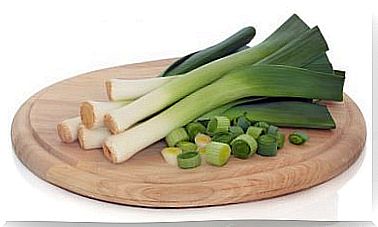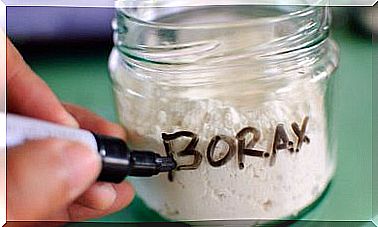Is It Possible To Heal With Food?
Consulting with a nutritionist to put together a balanced diet according to your needs can be the first step towards a much healthier life. We recommend doing it!
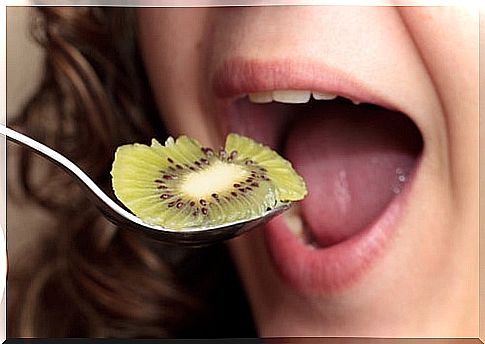
Surely you have heard the phrase “we are what we eat”, it could not be more accurate. But it is also true that thanks to diet we can help improve health in a comprehensive way. How is this possible?
Healthy foods provide nutrients that the body needs. On the contrary, processed or refined ones can cause damage gradually. Here are eight keys to eating healthier.
The best keys to a healing diet
In the fridge and in the cupboard you have the best pharmacy in the world, needless to say if you have a garden at home. Good nutrition is the basis for getting less sick, being healthy, looking good, looking younger, and staying away from doctors and drugs as much as possible.
Some of the advice that you will know next was compiled or written by Dr. Bernard Jensen; They are included in the book Nature has the remedy.
Bear in mind, however, that it is best for each individual to plan a diet according to their needs with a nutritionist. The following keys apply in a general way to a large part of the population, but obviously there are exceptions depending on the condition of each person.
1. Eat more raw food
Yes, there are some that cannot be eaten without cooking them, but that does not mean that now you are going raw vegan or something like that. What this recommendation indicates is that the amount of raw foods that are normally eaten per day should be increased.
In this case, we talk about combining these foods with other cooked foods. A diet entirely made up of raw foods would help you lose weight, but it would also be severely deficient in important nutrients.
You do not know how? Make salads! You have thousands of ways to combine raw foods like tomatoes, carrots, celery, lettuce, spinach, arugula, radish, bell peppers, cabbage, etc. Don’t forget the fruits either, they can all be eaten raw.
2. Balances acidic and alkaline foods
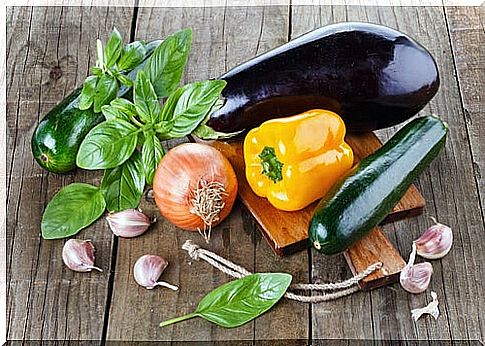
First, you have to know what each thing is. Acids lower the urine pH and alkalines increase it. It is recommended to be at an intermediate level to feel good, for which it is preferable to consult with the nutritionist.
When the pH of urine is too acidic, bacteria and viruses have the ideal environment to live and reproduce, causing many diseases and ailments, such as acidosis.
On the contrary, when the urine is neutral to alkaline, these microorganisms do not have the optimal conditions for their development. However, high alkalinity can lead to a condition called alkalosis.
Acidic foods – which should not be abused – include sugars and white flours, fats, processed foods, fried foods, and fast food in general. The alkalis are vegetables and fruits, especially when they are raw.
3. Consider the rule 6 + 2 + 1 + 1
What does it mean? It is a kind of popular ‘food standard’, which specifies the number of pieces that should be consumed daily: six vegetables, two fruits, a starch and a protein. However, as mentioned before, this can vary depending on the needs of each person.
For vegetables and fruits, they are counted by units (for example, a whole apple is a piece). For starch and protein, measure them in portions (one piece would be a small portion). Consulting with a nutritionist is the best option to plan a balanced diet.
It must be borne in mind that in recent years the opinion regarding proteins has changed. These nutrients are claimed to be harmless in large amounts and have been shown to have health and lean tissue benefits.
4. Vary the foods

Taste is in variety, says a popular saying; Put it into practice in your diet! Don’t repeat the same thing every day of the week; Not only because you will be extremely bored, but also because you will not be adding all the nutrients that the body needs.
It is true that eating lettuce and tomato salad every day is better than a hamburger. However, you will be lacking vitamins and proteins that these two vegetables do not have or, at least, not enough. Go ahead and try new, quick and easy recipes to prepare in a few minutes.
5. The diet should not be excessive
This does not mean until you enter a single more bite. It is not good to eat until you are too full or satisfied. Doing so could hinder the work of the digestive system or lead to various eating disorders, as explained in a publication from the National Institute of Mental Health.
A good idea not to fill yourself up so much is to eat slowly. This will give your stomach time to ‘tell’ the brain that it is satisfied, according to a Harvard Medical School publication.
Another option is to divide the food into five servings : breakfast, mid-morning, lunch, snack, and dinner. It might even be beneficial to practice intermittent fasting. There is evidence that these protocols are capable of promoting weight loss.
6. Combine meat with salads
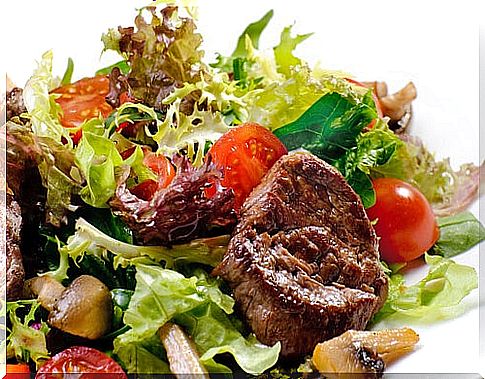
If you like to eat meat, opt for lean (when it is red) or white meat such as chicken and fish. Avoid eating processed meat products at the same time. The nitrites they contain could increase the risk of developing cancer, according to a study published in Oncotarget.
The ‘standard’ weekly dose consists of: three times fish, twice chicken and once red meat. However, this can vary from person to person, and there are even those who do not directly consume meat.
To eat meat, it is preferable to choose the healthiest way of cooking, that is, baked, grilled or steamed. In addition, it is best to combine them with fresh salads and, as the Mayo Clinic recommends, do not drink sugary sodas, but water.
7. Choose the best cooking
What cooking methods do you use on a daily basis? In relation to what we have already said before, it is good that you are aware of the way you prepare your food. The options recommended by medical publications are: bake, broil or steam.
8. Combine food well
In this aspect there is no general rule, because everything depends on each person. Some will say that if they eat rice they cannot combine with pasta or legumes, others that they need, yes or yes, a little ‘green’ on their plate. Similarly, there are those who affirm that if there is no meat, it is not food, among many other preferences.
Invest time and energy in a good diet!
You already have the main keys to a healthy and balanced diet. Consult with a nutritionist and gradually incorporate them into your diet. You will see how the quality of life improves in many aspects!

